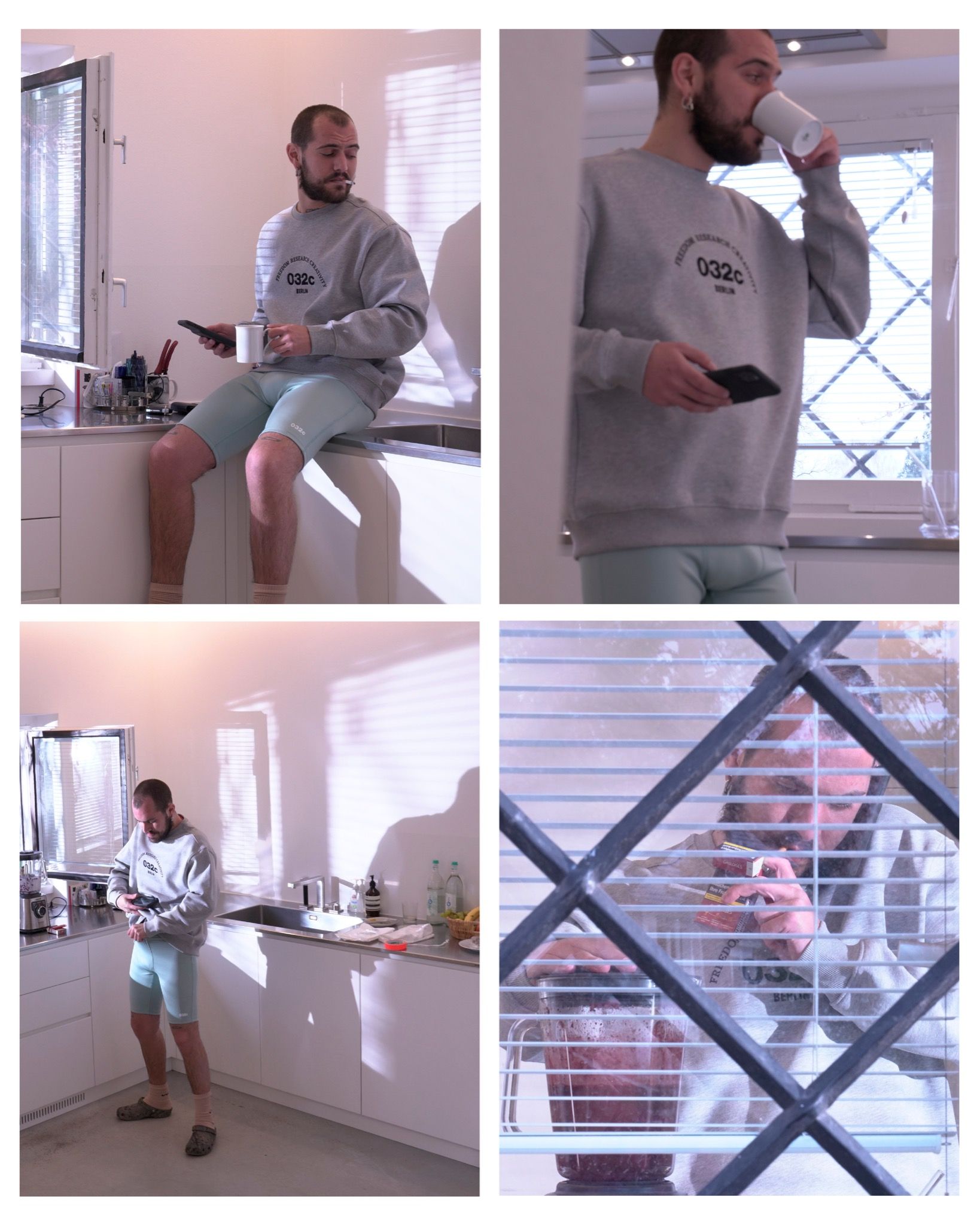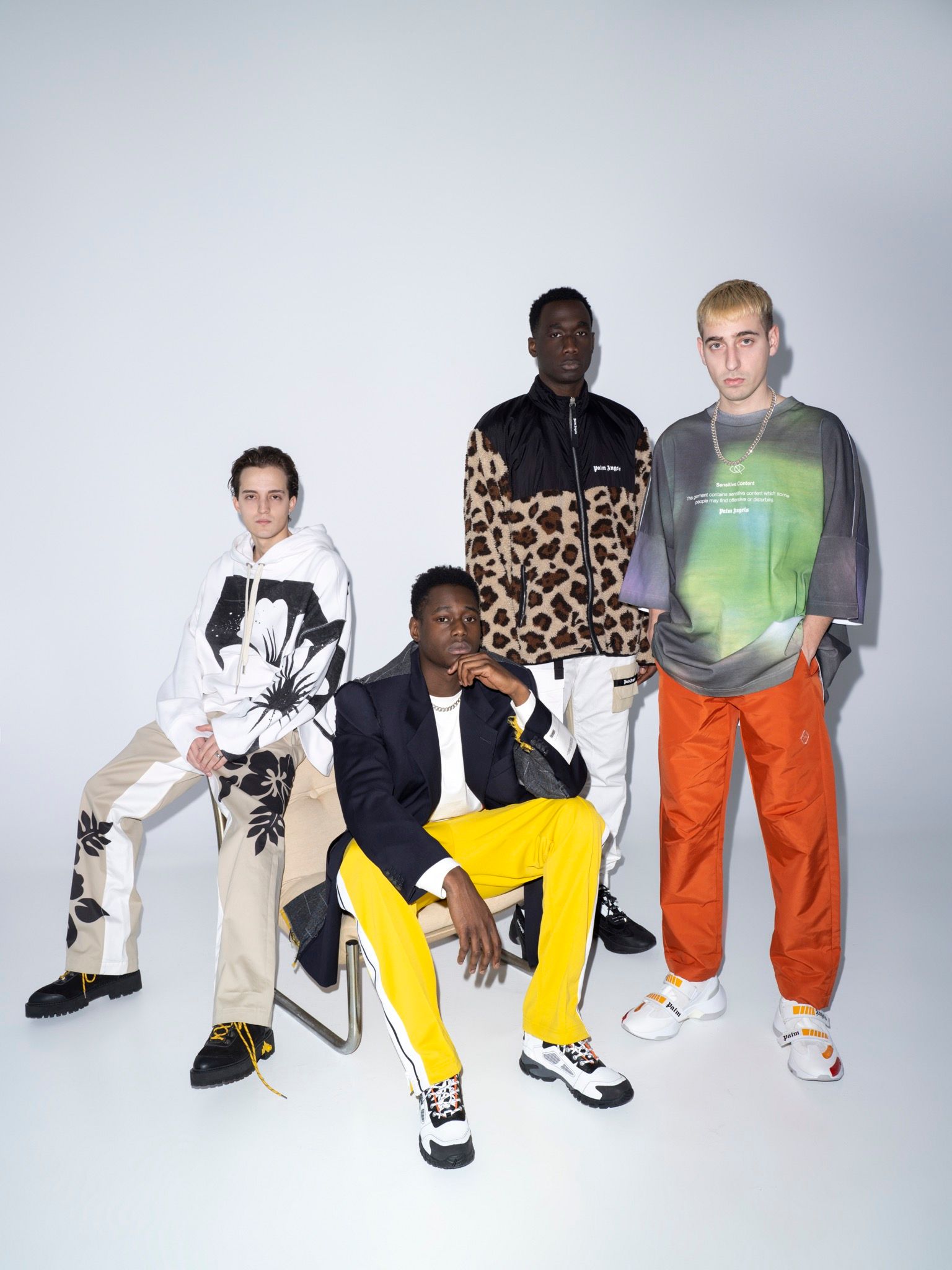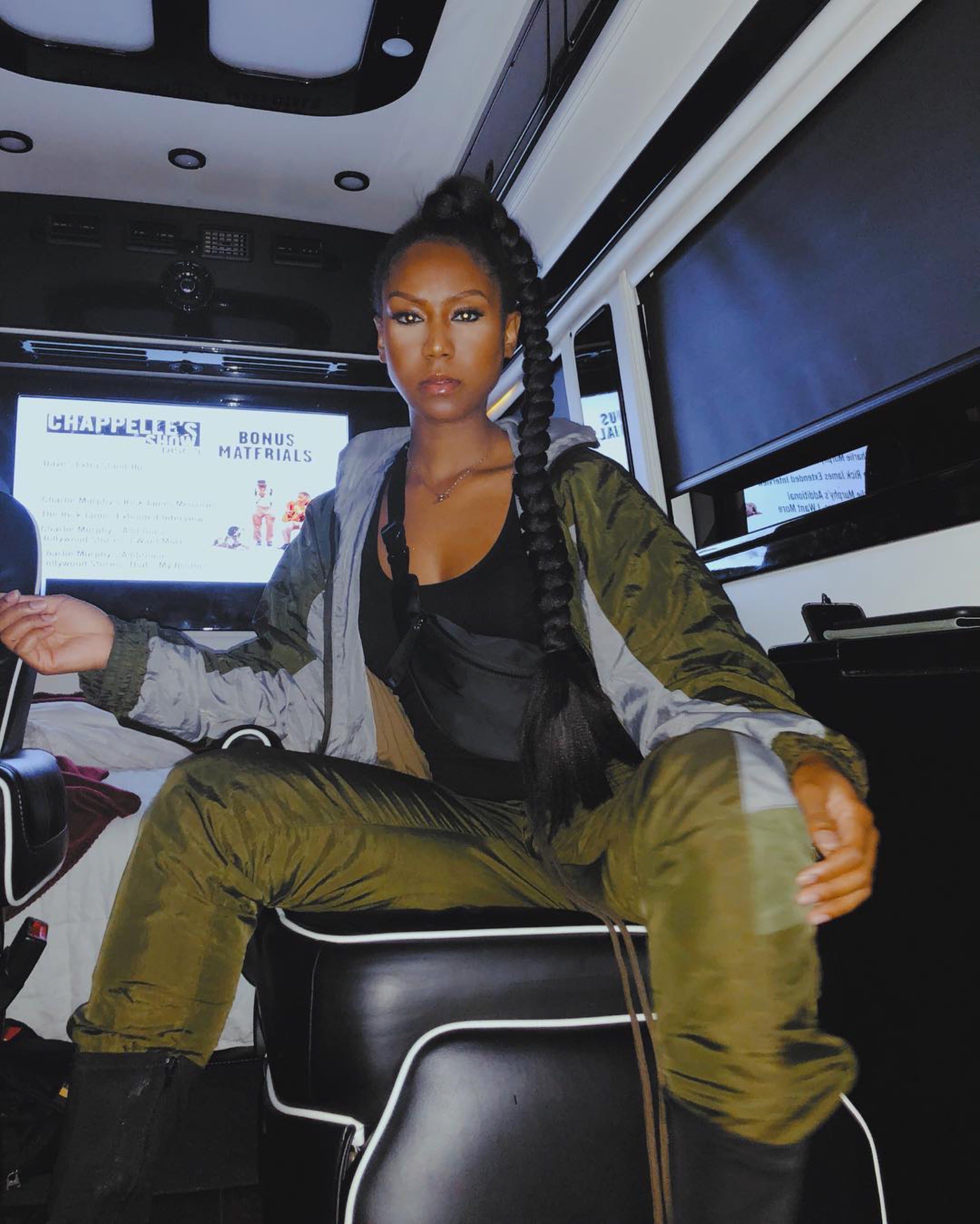Mall Boy in the Field: TOHJI Takes LoveSexDreams for a Spin in Regent’s Park
|Octavia Bürgel
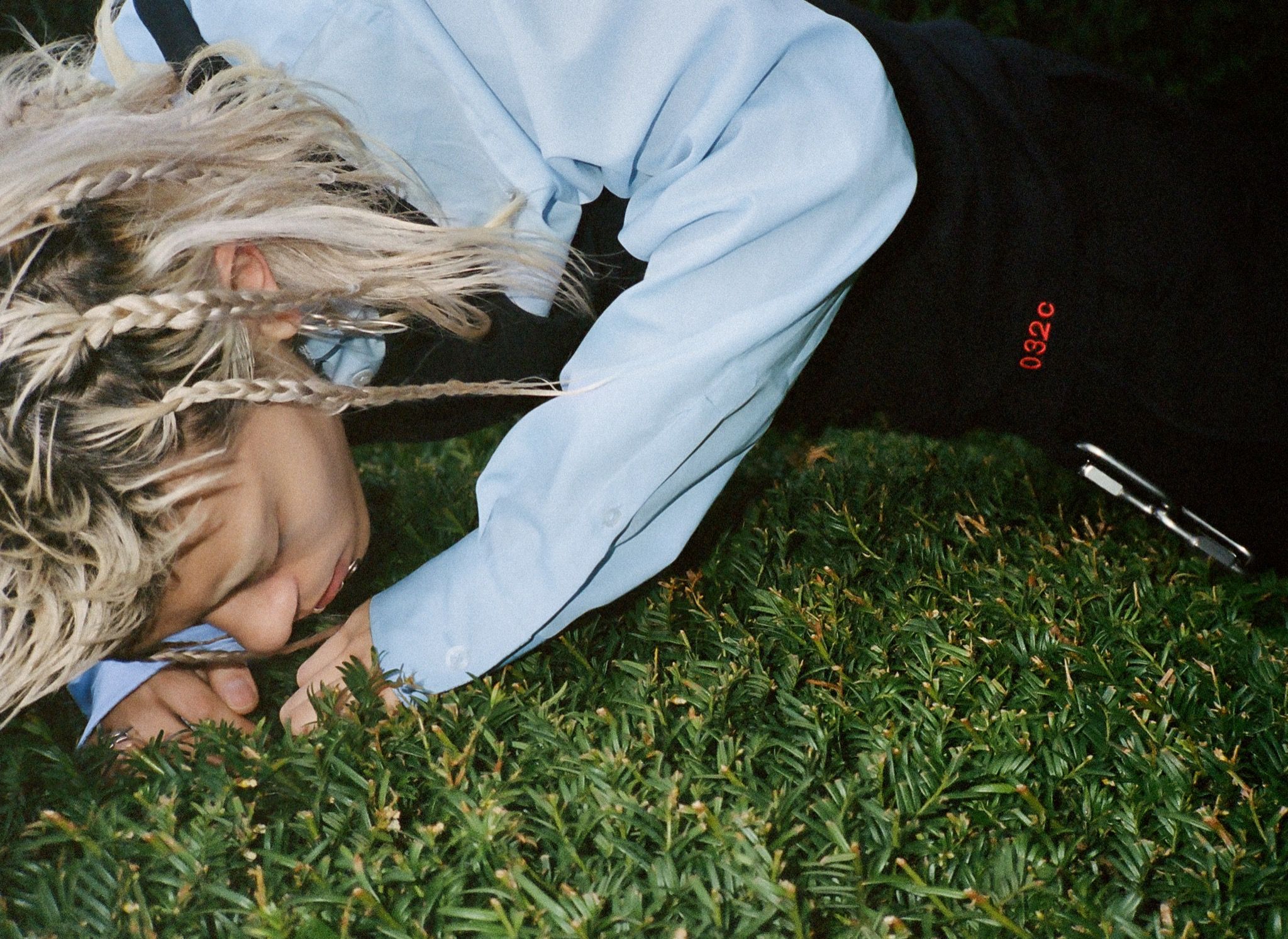
Earlier this year, the Berlin-based creative production studio acte™ traveled to Tokyo to exhibit Solidarity Is The Only Enemy Of Misery in Ginza. It was while setting up the work – a three channel video installation following the Iconic House of Saint Laurent, legends of the New York ballroom scene – that acte™ ’s producers first encountered the up-and-coming Japanese SoundCloud star Tohji.
Blending Young Lean’s emo rap sentimentalism, 1990s-revival rave aesthetics, and the acute digital angst particular to Generation Z – all laid out over a trap beat – Tohji’s sound is undeniably rooted in modern networks of globalized circulation. Having amassed a local following after his 2018 mixtape “Mall Tape,” a project released with fellow MC gummyboy under the collaborative name Mall Boyz, Tohji has set his sights on empowering fellow youth worldwide to generate self-knowledge and hope by working creatively.
“We live in a shopping mall era. I’m the leader of the shopping mall era… I’m the mall boy,” Tohji cooed into the microphone at NTS Radio last summer. He opened his live guest broadcast on the London-based digital station speaking in an ASMR whisper, the occasional muffled laugh in the background offering furtive encouragement.
As he explained at regular volume later in the show, the mall – the dominant architectural form of the “new town” suburbs outside Tokyo that Tohji grew up in – is a point of commonality across cultures: a blank architecture inscribed with global desires, aspirations, and a shared aesthetics of consumption. It is not hard to see what he means when he describes his work as “pretty much like Instagram”: the mall and the social media platform are both locales of performance, commerce, and trendiness, vacuous arenas shaped and energized by an individual consumer drawn in by a false sense of personalization. It is the subjective yet shared aspect of our experience of the mall and the ‘gram that guides Tohji’s creative process, his engagement with the listener, and the listener’s individual understanding of his music. Against a backdrop of bubbly beats, trap snares, and ambient vibes, his songs invite the audience to participate and bring their imagination to complete the setting.
Only days before sanctioned lockdowns became another force uniting the globe, acte™ and Tohji joined forces in London to realize an editorial featuring selections from the new 032c Apparel LoveSexDreams collection. Shot in Regent’s Park, Tohji reflected on childhood against the carousel chimes and chirping birds of the now socially-distanced urban outdoors. The result captures the simultaneously enchanting and anxiety-inducing unknown of the world beyond our windows, and our collective longing for days of play in the sun. Scroll for the video by acte™ and Tohji, and our interview with the musician on his process and style.
Octavia Bürgel: How would you introduce yourself to an audience who may not be familiar?
Tohji: Through my music. Not as Japanese or Asian, just through art created by me. Music is a “real-time” and “lifestyle” art. It’s really easy to make but it symbolizes the energy and fierceness of each moment or the current time flow.
You seem to be pulling both sonic and visual inspiration from a lot of different contexts, can you speak to some of them?
Simple and universal things: The Beatles and Soulja Boy. Childhood things: Power Rangers and Takeshi Kitano. Architecture: airports, malls, New towns, Tokyo.
The mall features significantly in your music and supplemental visuals, as both a physical presence and a conceptual frame. Is there a global element to the mall that you are trying to highlight?
I was born in London but moved to Japan right after my birth, so I hardly remember anything from my childhood in London. I moved to New towns in the suburbs of Tokyo, as well. It’s not the “hood,” just mall everywhere. Because of the cultural lack of my hometown, I was actually ashamed. But because I didn’t have [that culture], I have always thought I had to build one. And then I started to feel it’s not that bad to be raised by Malls. “Mall” has definitely a global meaning to it. I have no place where I belong in the culture as long as I’m an Asian, but I don’t want my destiny to be chosen by where and what race I was born with. Malls are everywhere in the world. (So are McDonalds!)
Trap beats and aesthetics have been adopted increasingly by artists and performers internationally, and we are seeing interpretations of it beyond the Black American communities that developed the style – I recently did an interview with a crew from Athens, Greece, for example. What is your take on global interest in the Trap sound, more so than other American genres?
Trap was the most natural form of art for me when I started. The lyrics focus more on texture than structure, and the track is more to share the atmosphere than musical structure. Visuals are also more open and diverse. It was simply the closest tool to tell the world my feelings when I had nothing.
“[Trap] was simply the closest tool to tell the world my feelings when I had nothing.”
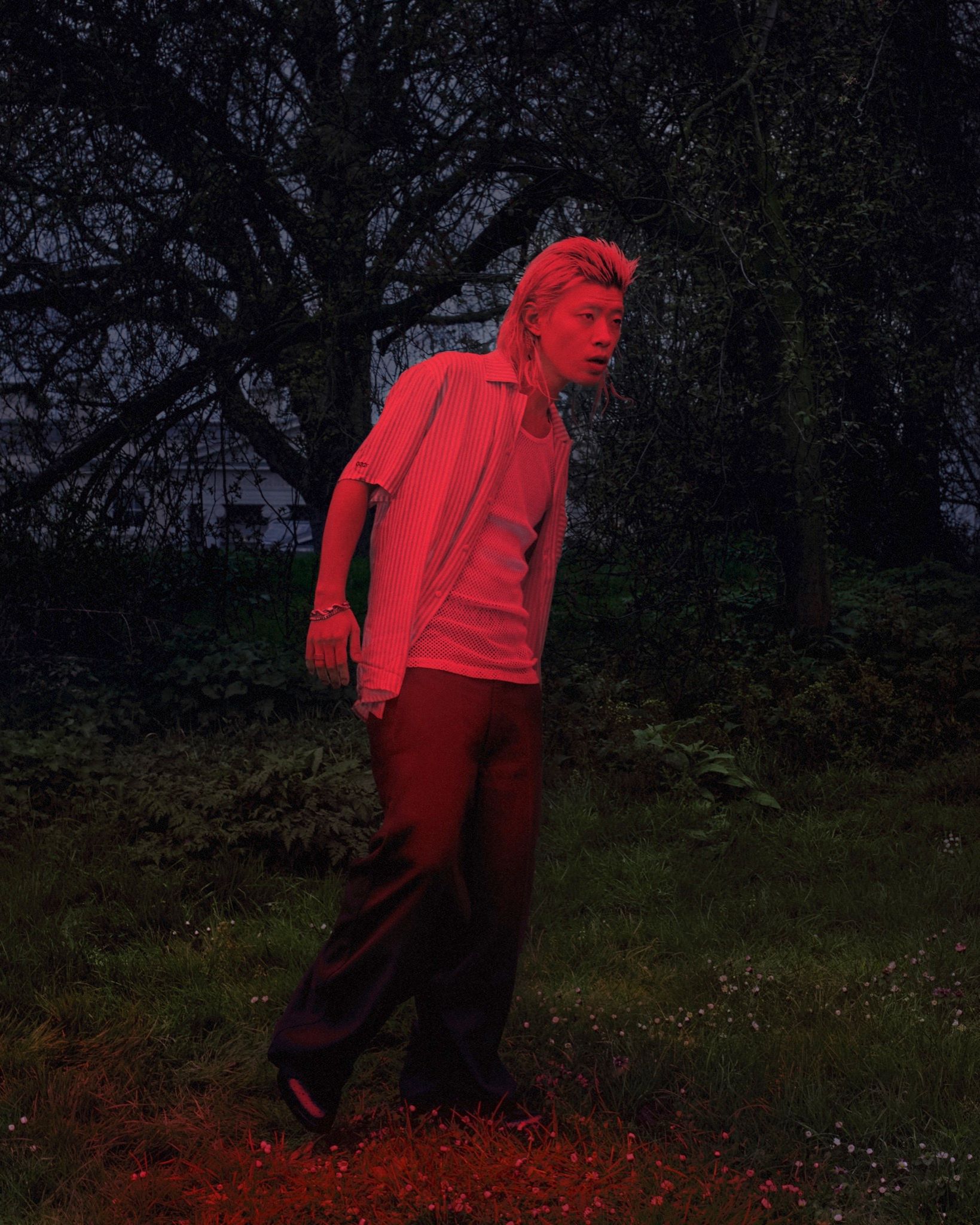
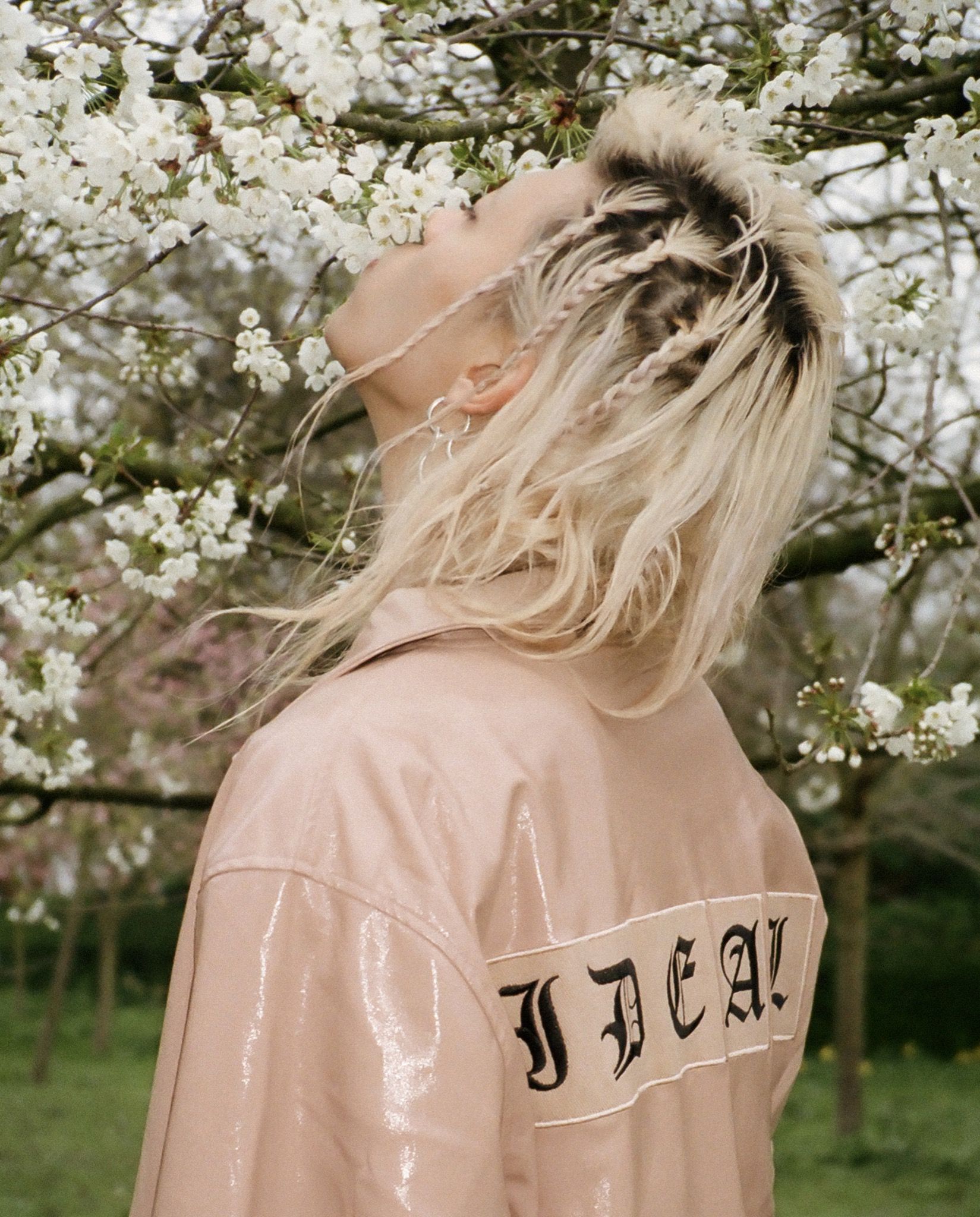
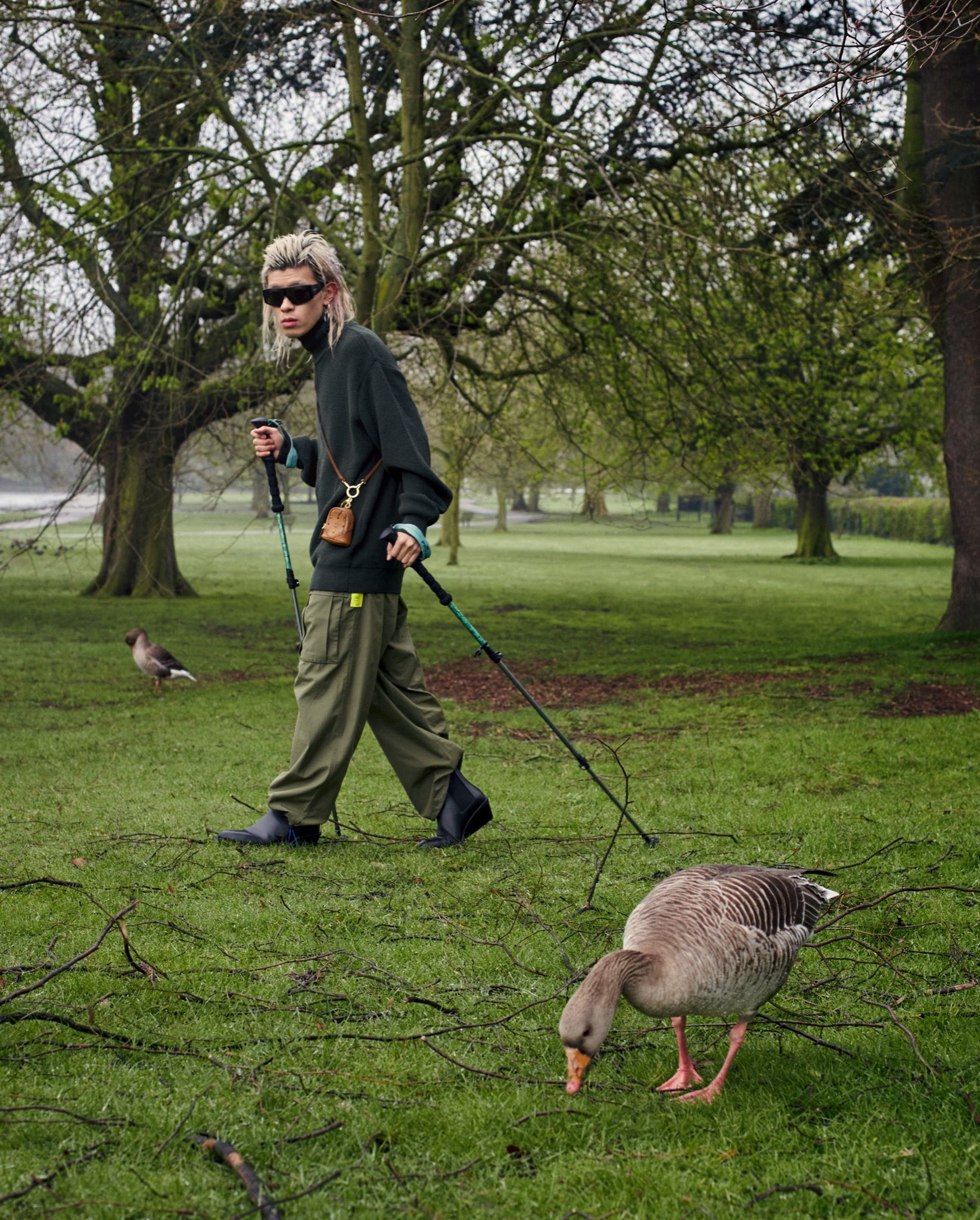
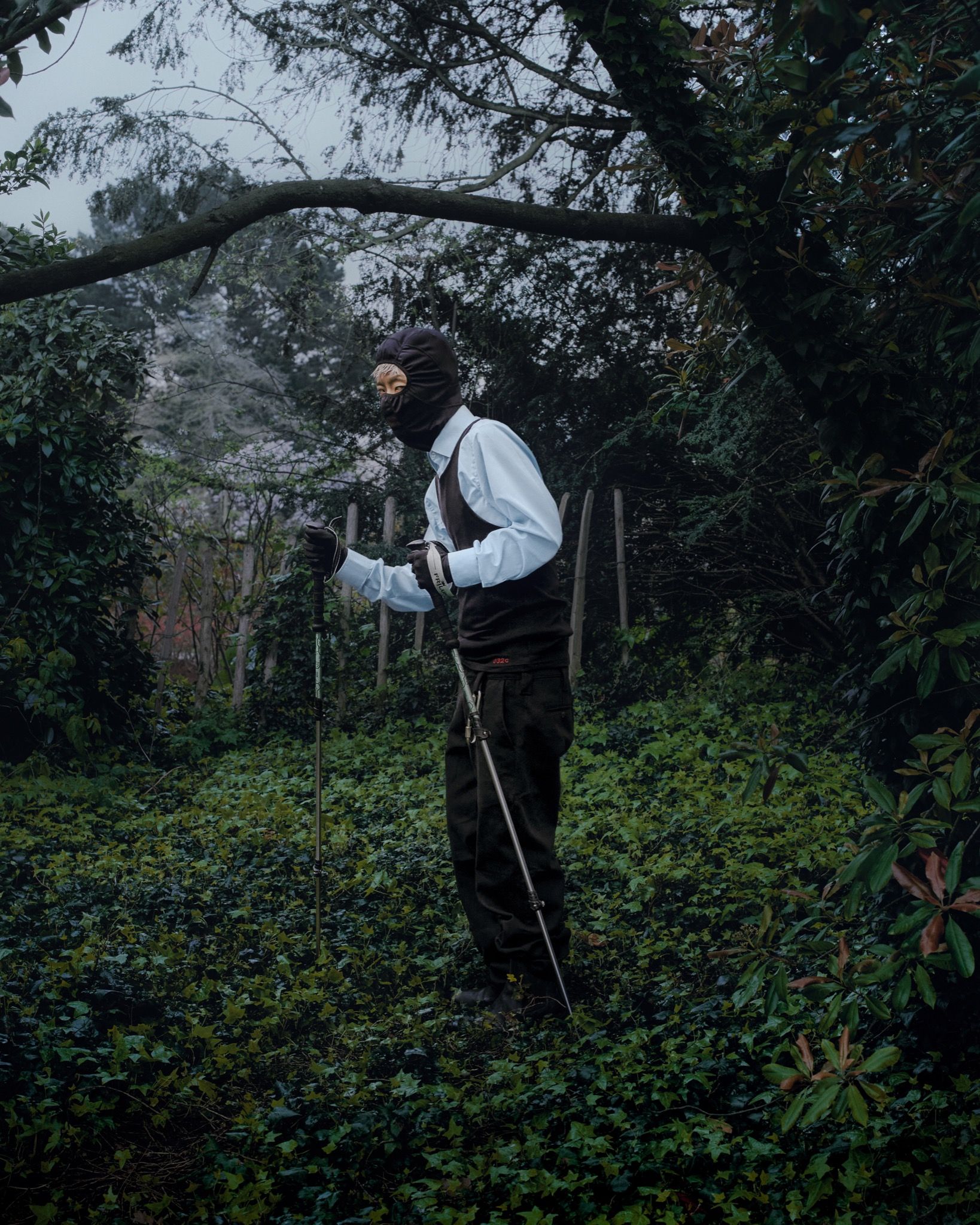
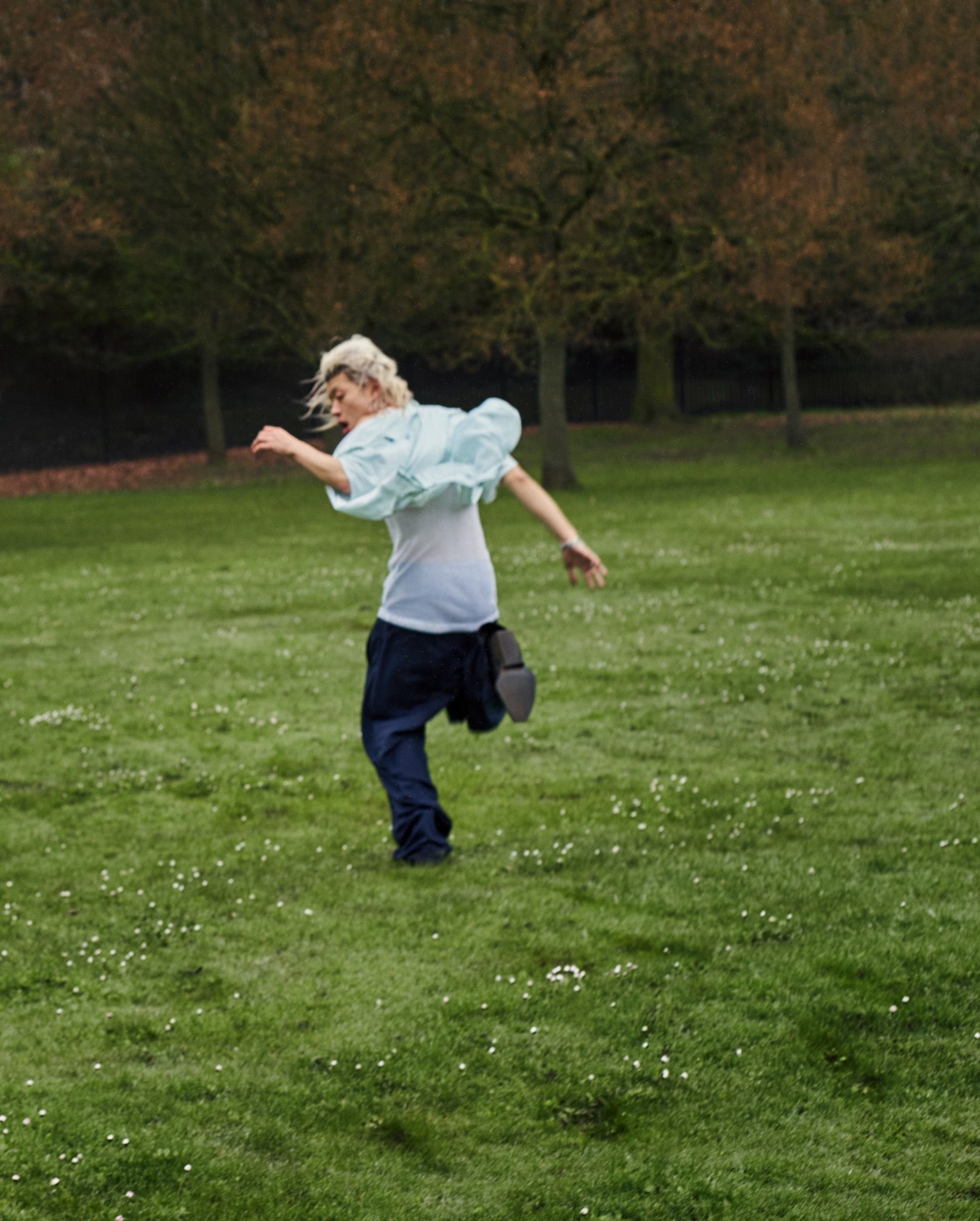
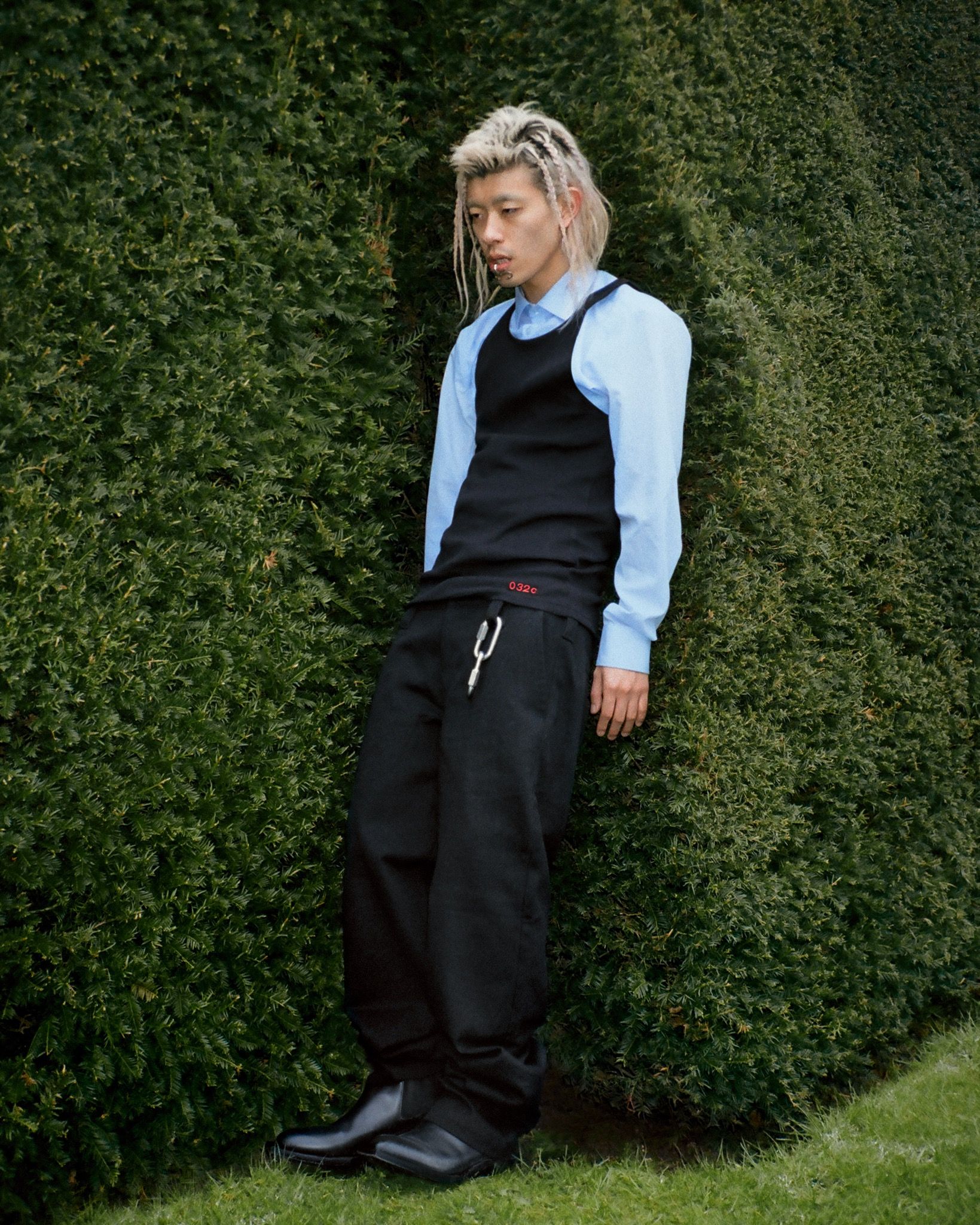
I have been wondering about the lyrical content of your music. Are there any particular themes that you gravitate towards?
I couldn’t find any words or visuals that directly expresses me or my situation in this society. So I create my own words to be proud of who I am.
Are you making music specifically for a Japanese audience? How has your music been received there?
I have always been making art toward people around the world who went through the same experiences or situations as me. I have been sending the Morse code. Of course, I’ve been in Japan for a long time, my art has some Japanese color, which I guess is why a lot of people in Japan react and sympathize to it. But I will keep going to many places and absorb much wider perspectives and keep sending the Mall signals. My art always responds to the latest trend or anything that’s happening in society.
Many of your videos have a very hand-made quality, the camera angles and movement feel handheld and, as such, very universal. Are you making your own videos?
At first I used to direct and edit videos myself. Now I’m working on it with my team. I just want to keep expressing the authentic way of expression rather than sticking with hand-made quality. My team has been growing gradually and everyone is working to express themselves. Now we get to connect with more people both from inside and outside, I’m sure we will definitely keep evolving much further.
How important are visual elements – video, photography, album covers – to your process?
Visuals don’t compare with the music but I consider music, visuals, and performances as their own whole artwork. I want everyone to just enjoy the atmosphere or mood of my art. My art is pretty much like Instagram.
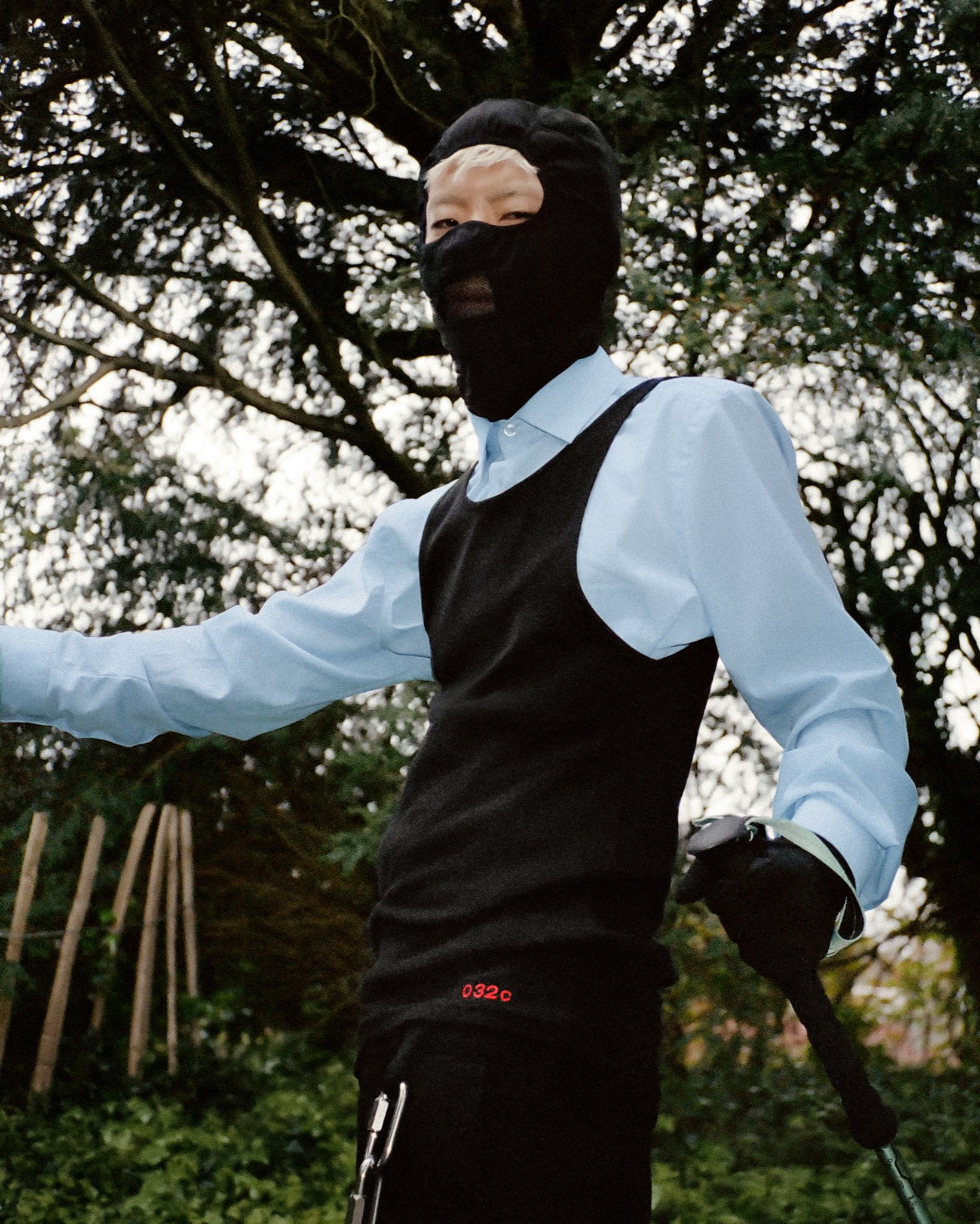
Credits
- Interview: Octavia Bürgel
- Photography: acte tm
- Art Direction: acte tm
- Post Production: RGBerlin
- Video Score: Mosche
